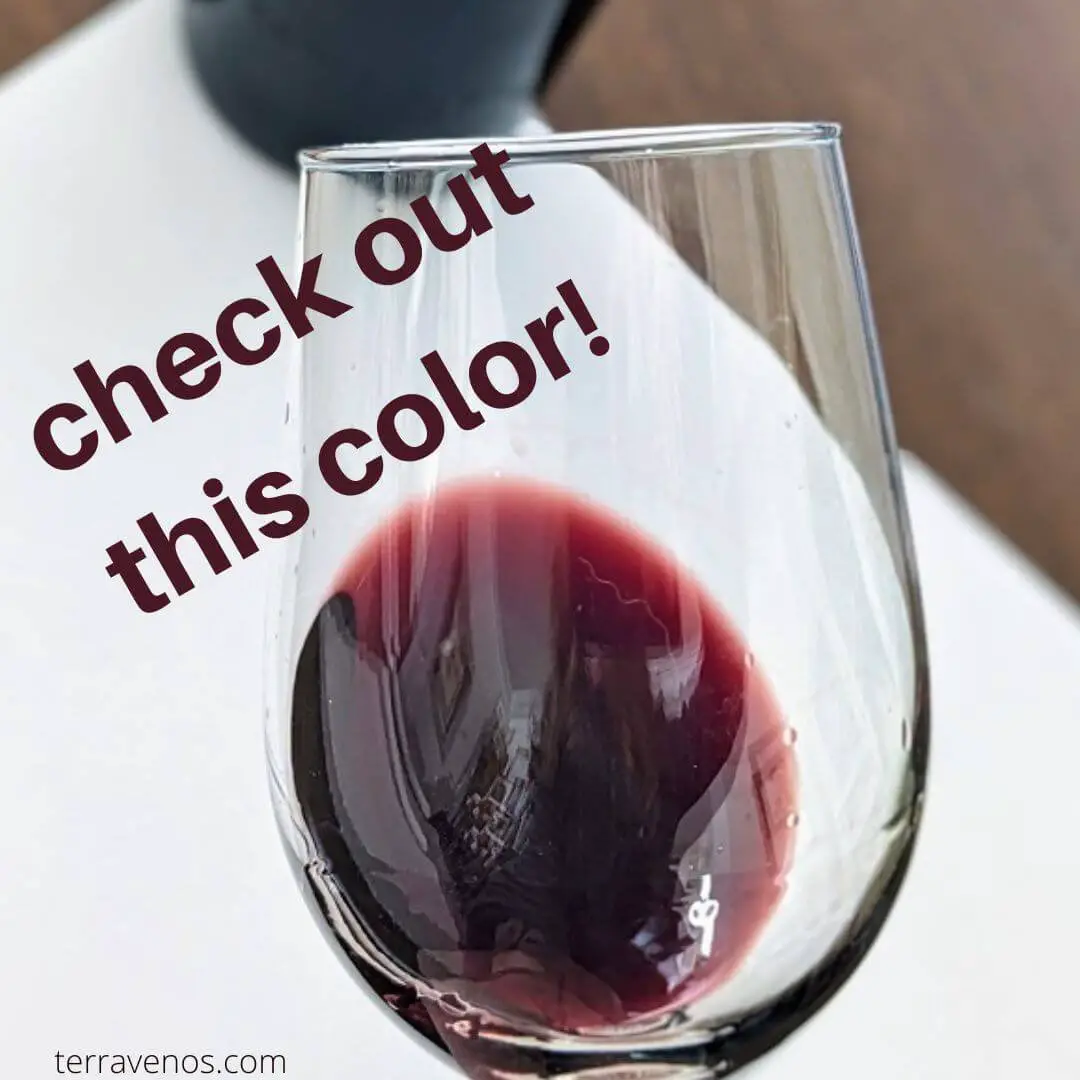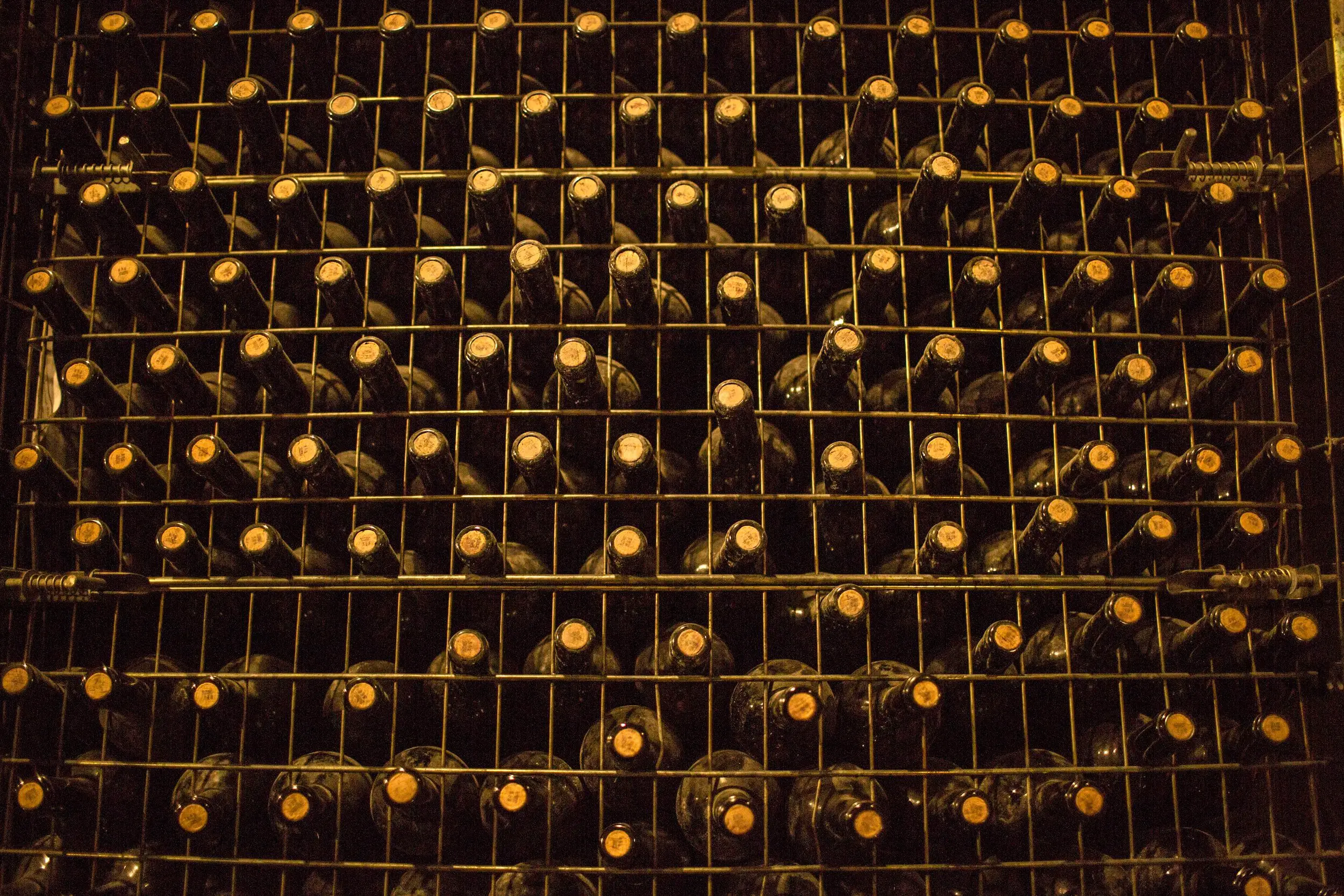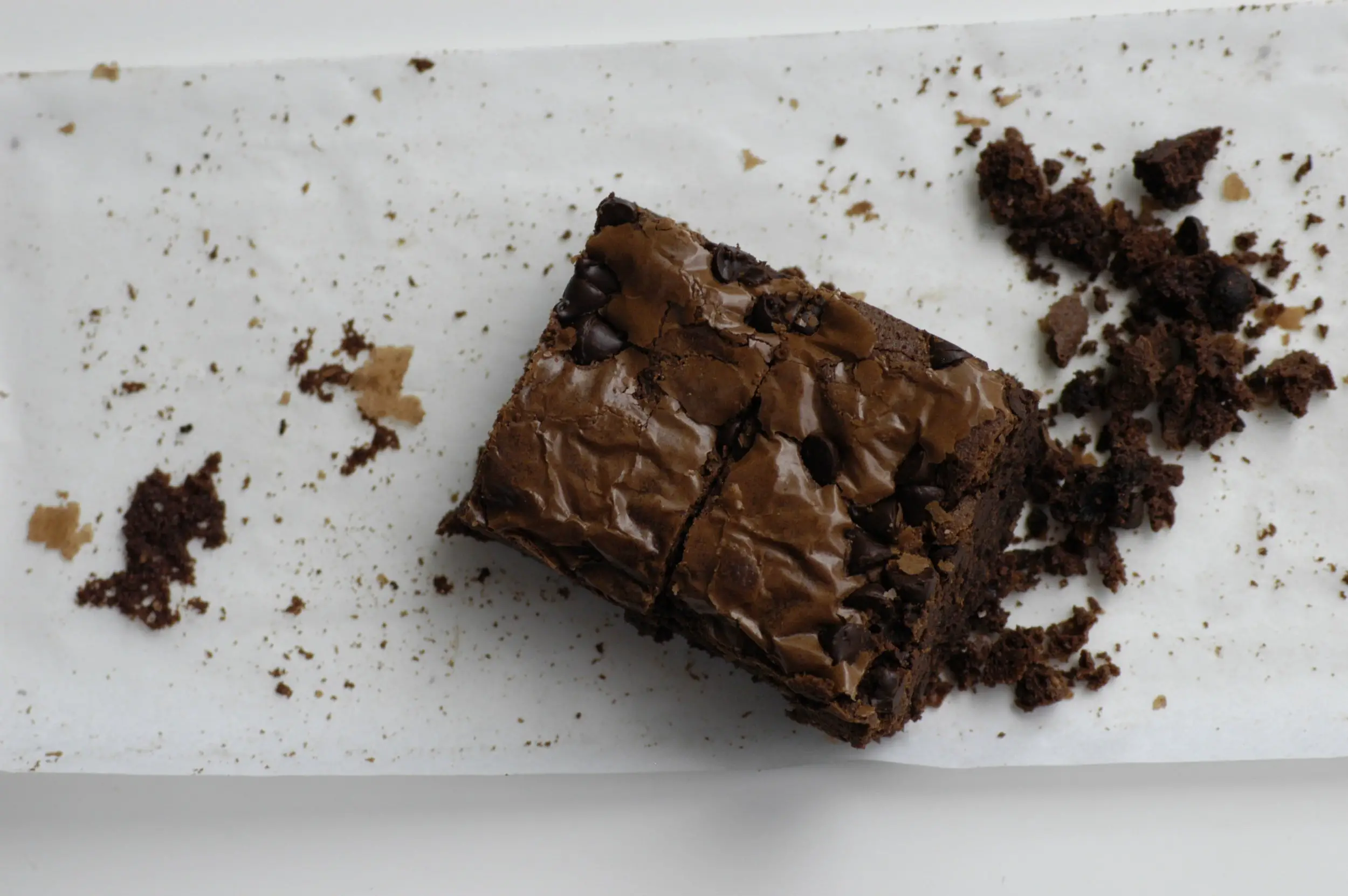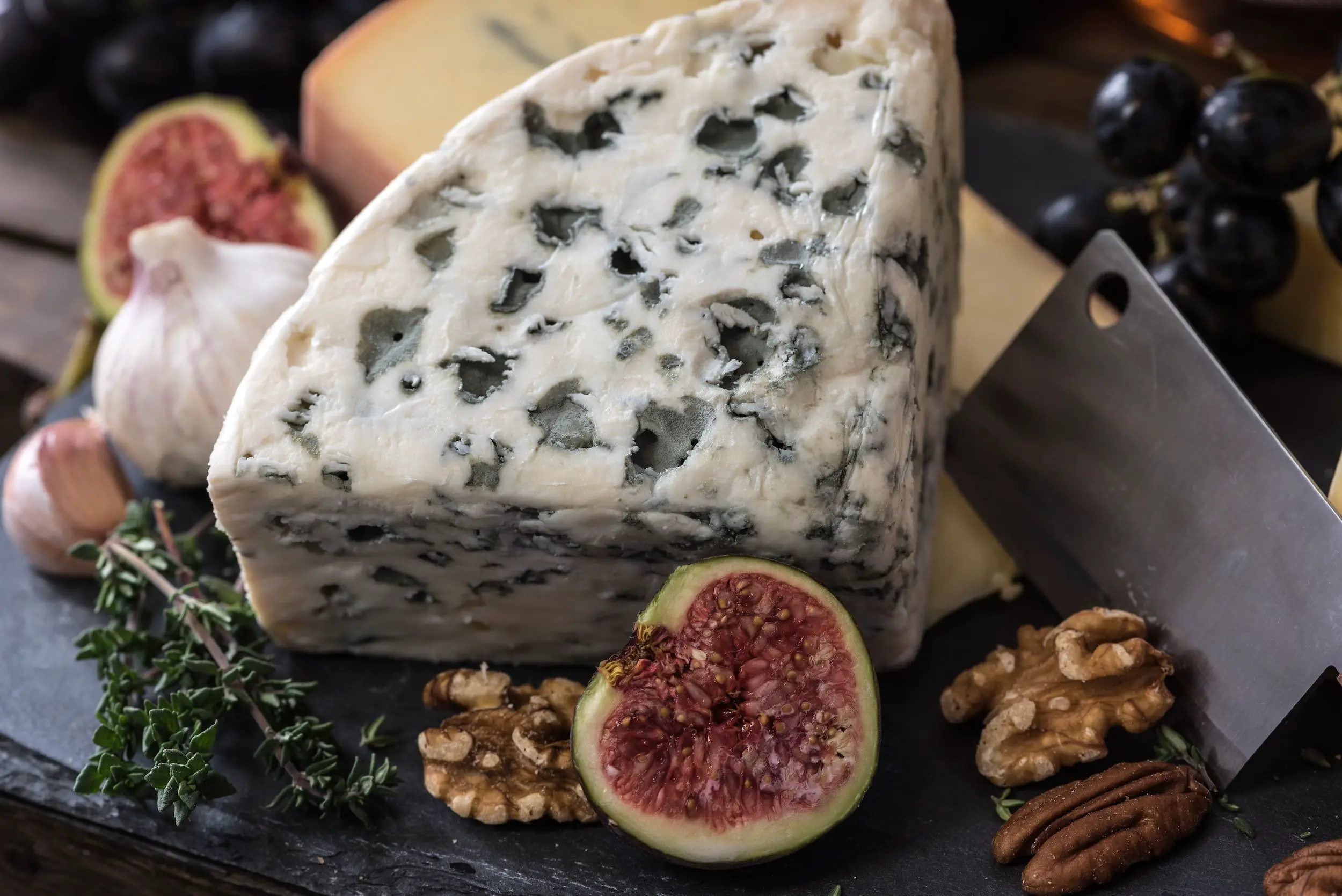
When it comes to Port wine, Late Bottled Vintage Port is a popular choice among wine enthusiasts who want to splurge – sort of…
Late Bottled Vintage Port (LBV) is a sweet, red, fortified wine made from grapes grown in the same year in Portugal’s Duoro Valley. Aged at least 4 years before bottling, LBVs have rich red and black fruit, but styles vary. Serve slightly chilled; pair with blue cheese, chocolate, or salted nuts.
Here’s a rundown of Late Bottled Vintage Port wine and what you can expect in your bottle.
- What Does Late Bottled Vintage Port Mean?
- What Does LBV Port Stand For?
- What Flavor is LBV Port?
- What Are the Styles of Late Bottled Vintage Port?
- Is LBV Port Ruby or Tawny?
- How Much Does LBV Port Cost?
- Does Late Bottled Vintage Port Keep?
- Is LBV Port Any Good?
- How Do You Drink Late Bottled Vintage Port?
- Does LBV Port Need Decanting?
- Nibbles! What to Serve with LBV Port?
- What Cheese Goes with LBV Port?
- How Long Does an Unopened Bottle of Late Vintage Port Last?
- Final Thoughts – LBV Port Is Delicious!
- Thirsty for More?
What Does Late Bottled Vintage Port Mean?
If you see Late Bottled Vintage Port on a label, it means the wine inside is a sweet red fortified wine made from grapes grown in a single vintage year. It’s a special style of Port. The wine ages a minimum of 4 years and a maximum of 6 years before bottling.
Helpful Tip: Almost all Ports are non-vintage wines, meaning that the winemaker blends different tanks or barrels of wine made from grapes grown during different years.
What Does LBV Port Stand For?
LBV Port stands for Late Bottled Vintage Port. This is a way to abbreviate the full name. LBV Ports are made using grapes from the same harvest year, or vintage, which is a sign of quality. Port wines made from one vintage are uncommon. Most Ports are blends of grapes from different years.
What Flavor is LBV Port?
LBV Port has a rich, full-bodied flavor with notes of blackberries, black cherries, prunes, sweet tobacco, bay leaves, dried lavender, dusty mineral, and mushrooms. The texture will be smooth and round in your mouth with a sweet, long, lingering finish.
What Are the Styles of Late Bottled Vintage Port?

Within the LBV category, there are three distinct styles that vary based on winemaking:
- Young and fruity (ready to drink)
- Mature, wood aged (ready to drink)
- Unfiltered (ageable, highest quality)
The first two styles are filtered, the last style is unfiltered. Unfiltered LBV Ports tend to have more body and will benefit from bottle maturation – or aging.
What’s a Young and Fruity Late Bottled Vintage Port?
A young, fruity LBV Port wine will taste similar to a Ruby Port, but with more concentration and intensity of flavor that forefronts intense red and black fruit, like red cherry, blackberry, and even purple flowers and bramble.
Almost all LBV Ports fall in the young and fruity category.
A young, fruity LBV Port is made with what’s called protective winemaking. The winemaker will age the Port in stainless steel or huge, old wooden tanks, called balseiros, to prevent the wine from oxygen exposure and preserve the wine’s fruit profile.
Helpful Wine Buying Tip: This style of LBV Port is ready to drink when you buy it.
What’s a Mature, Wood-Aged LBV Port?
Some producers will mature their LBV Ports in wood to give them more aged notes, like caramel and spice. This style isn’t very common, but you may come across it. Read the tasting notes on the bottle or shelf to figure out if it’s a wood-aged style of LBV Port.
Helpful WIne Buying Tip: This style of LBV Port is ready to drink when you buy it.
What’s Unfiltered Mean on Late Bottled Vintage Port?
If you see unfiltered on a Late Bottled Vintage Port, this means that the Port wasn’t filtered prior to bottling. These LBV Ports have more depth of character and body and can be very good quality, even a little like a young Vintage Port (the highest quality of Port).
Unfiltered LBV Ports tend to be aged in wood for 4- to 5-years.
Helpful Wine Buying Tip: You can drink unfiltered LBV Ports when you purchase them, but they can also age in bottle if you want to hold onto them for a few more years.
Is LBV Port Ruby or Tawny?
Stylistically, the majority of LBV Ports are more like a high-quality Ruby Port.
Here’s what you need to know about Tawny port.
How Much Does LBV Port Cost?
Expect to pay between $20-$30 USD for a bottle of Late Bottled Vintage Port, which makes it an affordable luxury. In comparison, a Vintage Port can cost upwards of $80-$180 USD, which makes LBV Port wines a great option!
Does Late Bottled Vintage Port Keep?

Most styles of Late Bottled Vintage Ports are ready to drink when you buy them and won’t improve with more aging. One exception is unfiltered LBV Ports, which have more intensity that will allow them to age.
Helpful Tip: Always keep wines that you want to age in a cool, dark place with a consistent temperature (For the love of everything that’s beautiful and pure about wine, don’t store your bottles in your kitchen!).
Is LBV Port Any Good?
Yes, LBV Port is an excellent choice for those who enjoy fortified wines. It has an opulent, full-bodied flavor with notes of black fruit, chocolate, licorice, and spice. LBV Ports are also more affordable than the higher quality Vintage Port, usually mid-priced, making it a popular choice for those who want to drink decent Ports without having to spend a lot of money.
Helpful Wine Buying Tip: If you’re looking for the highest quality LBV Port, seek out “Bottle Matured” on the label. These wines spent more time aging at the winery, are (ostensibly) made from higher quality grapes, and will have added layers of flavor intensity.
How Do You Drink Late Bottled Vintage Port?
Serve LBV Port at room temperature or slightly chilled. Take it out of the fridge about 30 minutes before serving. Keep leftovers in the fridge, too.
So, should LBV Port Be Chilled? Yes! But just a little. Put it in or take it out of the fridge 30 minutes before pouring.
Does LBV Port Need Decanting?
Most LBV Ports don’t need decanting. They’re already aged and filtered and ready to drink. If you have an unfiltered style or see “bottle matured” on the label, then you may want to decant to remove any sediment and allow the wine to breathe.
How Long Does It Take to Decant a LBV Port?
If you have a bottle matured or unfiltered LBV Port, decant one hour before serving. Serving the wine in Port glasses can also help the wine open up while you’re sipping.
Helpful Tip: Here’s a rundown of what wine glasses you should be using when drinking Port wines (and also creative substitutes if you don’t have a full wine bar). Yes. Glassses do matter with Port wine.
Nibbles! What to Serve with LBV Port?

LBV Port has body, structure, intensity, and sweetness that allows it to pair with different foods. LBV Port pairs well with cheese, dark chocolate (any kind of chocolate, really), and cream-based desserts. It can also pair well with spice-rubbed ribs and stews with earthy flavors, like lentil soup and minestrone.
Of course, you can also enjoy LBV Port wines all on their own!
What Cheese Goes with LBV Port?

LBV Port pairs beautifully with a variety of cheeses, including blue cheese, smoked or aged cheddar, and aged Gouda. Strong, flavorful cheeses complement the opulent, full-bodied profile of LBV Port wines.
Fun Tip: Put together a cheese plate with different styles of stinky cheese and do a cheese tasting along with your LBV Port wine.
How Long Does an Unopened Bottle of Late Vintage Port Last?
An unopened bottle of LBV Port can last for 2-3 years, but won’t improve in bottle. Most LBV Ports are ready to enjoy when you buy them. Unfiltered LBV Ports may keep for significantly longer depending on the intensity of the flavors in the wine.
Fun Wine Fact: Alcohol acts as a preservative in wine. Because Port wines have high alcohol (19%+ abv), they can age for years, and even decades, but not all Port wines have the flavor intensity that will allow them to age gracefully. Over time, flavors fade, but alcohol remains. If you have a very old bottle of Port that wasn’t made to age, it will taste strongly of alcohol and not much else. Sadness.
Final Thoughts – LBV Port Is Delicious!
Late Bottled Vintage Port is a fantastic choice for anyone looking to explore Port wines and wants something a quality step (or two) above basic Ruby Port.
You’ll get layered complexity with intense fruit and a smooth, rich palate that warms your insides.
LBV Port has the added benefit of being ready to drink thanks to the winery aging the wine for you. All you have to do is decide on a pairing (or not!) and enjoy!
Thirsty for More?
Here’s a better post that goes into how Port wines are made (in detail – because I know you’re curious).
Check out this post that covers everything you need to know about Vintage Port wines.
You may be interested in this post on how to pick out a good fortified wine.
And here’s a great overview of the 10 types of fortified wines – all worth exploring!



